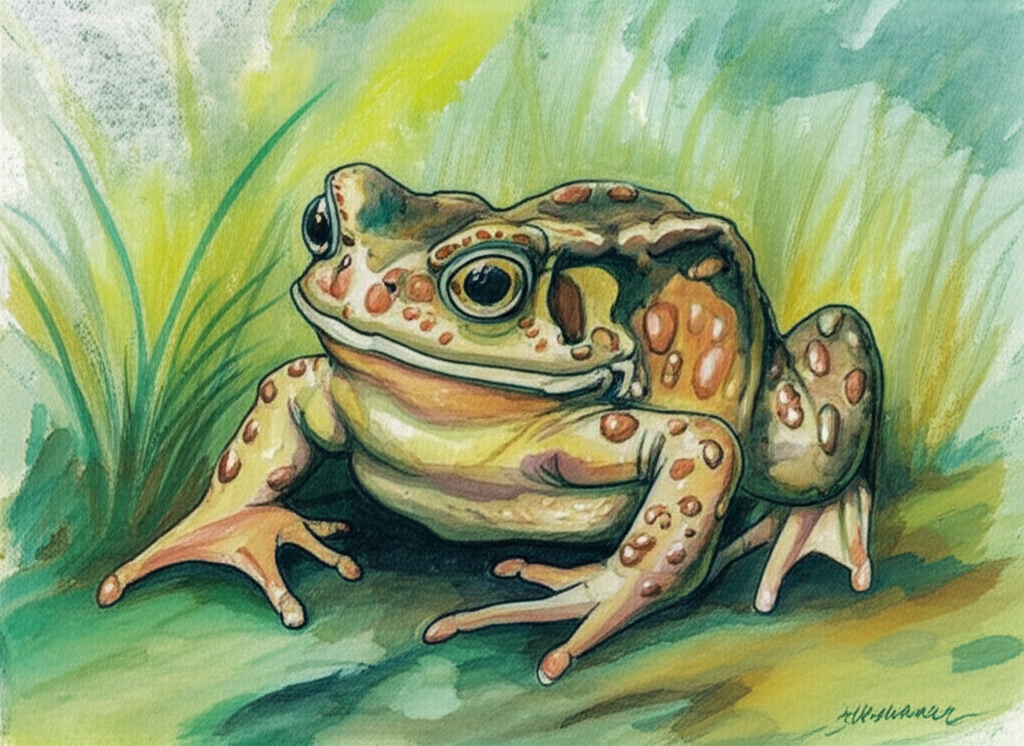
For centuries, the belief in the protective and healing properties of toadstones has permeated various cultures, rooted in the perceived connection between amphibians, magic, and the natural world. This superstition, involving the carrying of a ’toadstone,’ evolved from early observations of toads and their characteristics, progressing through associations with witchcraft and ultimately leading to the identification of the stones as fossilized remains. This article examines the historical background, cultural beliefs, and evolution of this enduring superstition.
Historical Background: Toads and frogs held a position of fascination in ancient times, largely owing to their amphibious nature, existing both on land and in water. This dual existence led to their symbolic association with the boundary between the known world and the mysterious depths, fostering the belief that they possessed magical powers. As the Middle Ages progressed, the perception of toads shifted, influenced by the fact that they produce poisonous secretions when attacked. This defensive mechanism, coupled with their warty skin and preference for damp, shady environments, contributed to their association with witchcraft and the occult.
Cultural Beliefs and Witchcraft: The toxic secretions of toads were not only seen as defensive but also as having hallucinogenic properties. Witches were believed to utilize these toxins in ‘flying ointments.’ Those who used these ointments believed they enabled them to fly, but the hallucinogenic effects were more likely to produce a mind-altering sensation of flight. Toad secretions also served as a source of poison for spells designed to harm or weaken individuals. Conversely, powdered toad bones were sometimes worn as an antidote, placed in a small box around the neck, to counteract the effects of such spells. This duality in the perception of toads, as both a source of harm and a potential remedy, is central to understanding the superstition of the toadstone.
Evolution of the Superstition: The practice of wearing a ’toadstone’ gained popularity in the sixteenth century. In 1558, during Queen Elizabeth’s coronation year, a ‘iewell containing a Crapon or Toade Stone set in golde’ was documented among the gifts presented to her, indicating the stone’s perceived value and protective properties at the time. Initially, these button-shaped stones were believed to form within the heads of toads. However, scientific advancements later revealed that they were, in fact, the fossilized teeth of Lepidotes, a bony fish from the Jurassic and Cretaceous periods that inhabited both shallow seas and freshwater lakes, the same habitats later favored by toads. Despite this discovery, the association with toads persisted, and the stones continued to be worn around the neck as amulets.
Modern Interpretations: While the belief in the literal magical properties of toadstones has largely faded, their historical significance remains. The stones were primarily worn as protection against a variety of ailments, with a particular focus on those resulting from poisoning or the bites and stings of venomous creatures. The underlying principle behind this practice was often rooted in sympathetic magic, the concept that ’like cures like.’ Similar to the principles of modern homeopathy, medicines containing an ingredient derived from something that could cause the same ailment were used as a cure. In the case of the toadstone, it was hoped that a stone originating from a venomous toad would offer protection against the effects of any poison. Although no longer widely practiced, the superstition surrounding the toadstone offers insight into historical beliefs about magic, medicine, and the relationship between humans and the natural world.